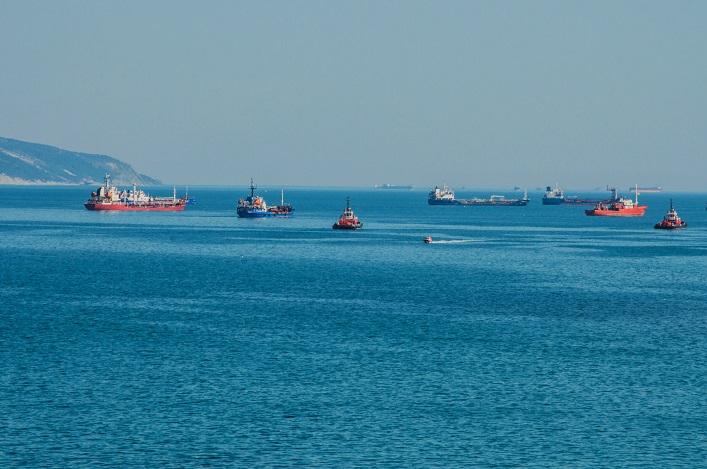Russia is expanding its shadow fleet, but sanctions against the aggressor are slowing it down.


The number of tankers in Russia’s shadow fleet has increased from fewer than 100 in early 2022 to about 300-600 in early 2025, depending on the classification method, according to a report by Dryad Global. Approximately 40% of these tankers came from sellers in the EU, and many vessels are at or beyond their average service life.
European countries are working to strengthen efforts against the Russian shadow fleet. For example, Sweden and Denmark, following Germany, have introduced requirements for mandatory insurance documents for tankers passing through their territorial waters in the Baltic Sea. Without proper insurance, tankers could be blacklisted by the US, the UK, and the EU, which would greatly complicate their operations. There is increasing suspicion in the Baltic states that Russia is using the shadow fleet not only to evade sanctions but also for subversive activities, such as damaging underwater infrastructure like communication cables.
Meanwhile, Slovakia has again blocked the adoption of the 18th package of sanctions against Russia at the level of EU ambassadors, because it does not support the RePowerEU initiative, which calls for ending Russian natural gas supplies to the EU by January 1 2028.







